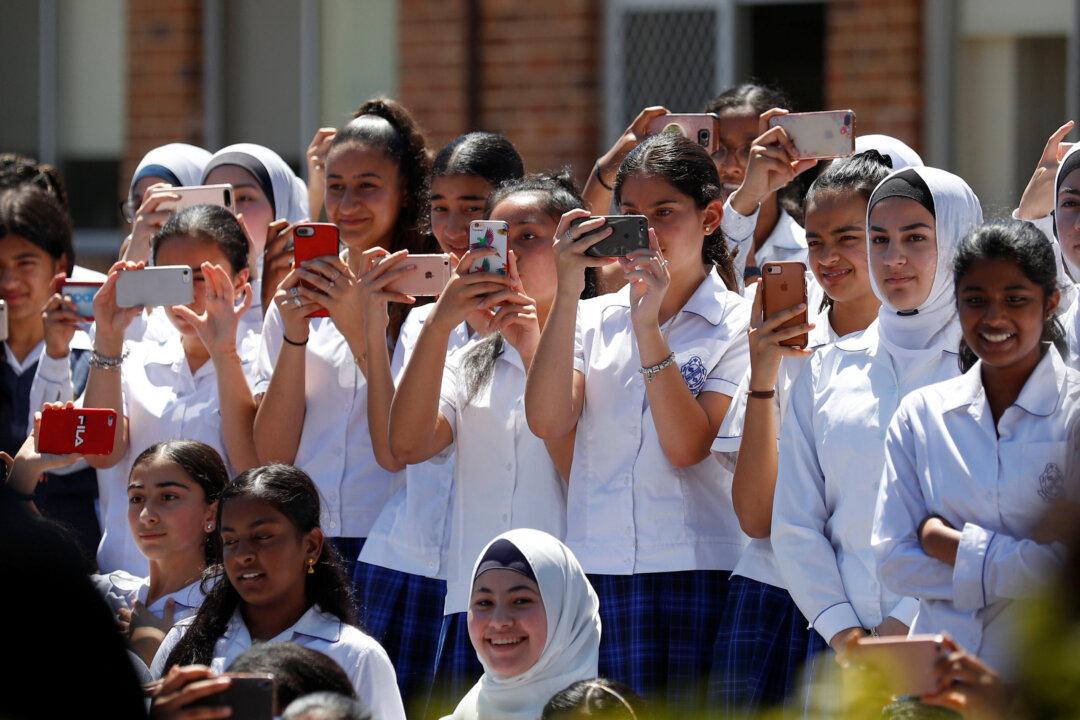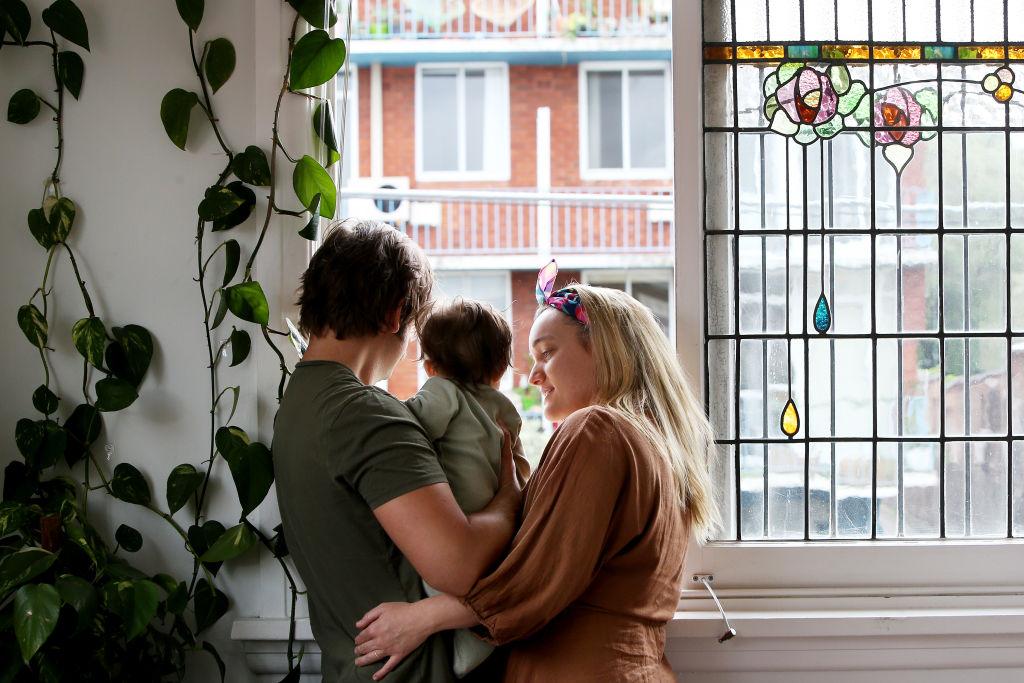The debate over school choices is back in the spotlight after new analysis shows single-sex schools have better academic performance than co-ed schools, according to the latest NAPLAN results.
A newly released discussion paper (pdf) from Catholic Schools New South Wales (NSW) reveals that the difference in academic achievement is generally more notable for boys than girls.




